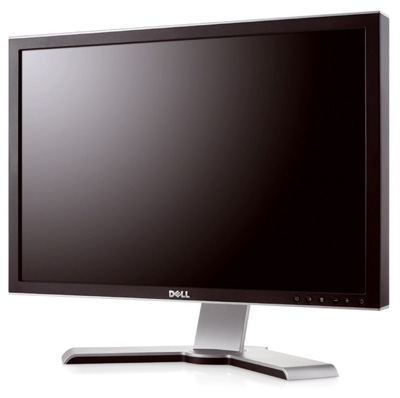The Anthem records breach is old news by now, as is what occurred on a smaller (yet still enormous) scale at Tennessee’s Community Health Systems. Whence these egregious security gaps? According to an article in Fortune, email may be largely to blame.
It turns out that, besides Aetna, health care insurers fared abominably in a recent analysis of corporate email security protocols. According to the founder and CEO of Agari, the firm responsible for the study, “The poor folks in health care have traditionally not had much digital interaction. They’re the ones furthest behind by a country mile.”
Whether concerning email, fax (our niche, of course), or still other means of communication, this is a tremendously important insight that resonates perfectly with our own experience. In stark contrast to the social media enterprises that topped the study’s rankings—enterprises borne of and into a digital world—most health care firms predate electronic communications by decades.
Eagerness to implement the latest technology and its concomitant security measures is just not in the DNA of most insurers. Thus, they often adopt standards later due to a) cost pressure and/or b) legislative pressures (e.g., HIPAA). This dynamic creates a perfect storm of lagging technology and extremely urgent implementation, in which security concerns may fall victim to more pressing concerns.
However, simply impugning the security practices of health insurers isn’t helpful. Our goal—our responsibility, even—is to point out that fax may represent a more familiar and cost-effective way forward. Like email, it entails a desktop- and MFD-accessible workflow, completely digital and paperless if customers so desire. Unlike email, it is inherently secure in transmission, and features like the RightFax Encryption Module are available to keep data safe in storage as well.
Despite the common inclination to ditch fax for email, perhaps the solution to some security concerns is actually more faxing, not less. We will never know how that approach might have changed the scenario at Anthem, but we do know that digital fax solutions have already helped our own clients increased both security and cost-effectiveness within their organizations.
To learn more about RightFax in the health care industry, or simply to share your thoughts, please drop us a line!


